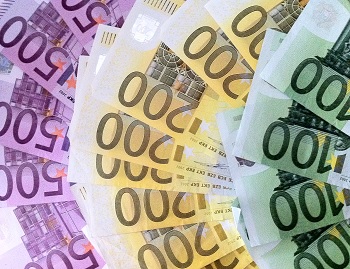This purchase will open up the opportunity for smartphone transactions in food delivery.
Caviar, a startup business that provides meal deliveries from high end restaurants, has now announced that it has been acquired by mobile payments company, Square, broadening the opportunities available to both organizations.
This will provide people who order their meals through the service with a new way to pay.
The option offered by Caviar, itself, is quite appealing to many consumers, who would like to have prepared gourmet dishes delivered to their offices or homes, as opposed to the quick delivery options that are currently available. That said, the acquisition by Square will bring an entirely new level of technology to the service, as these customers will be able to use mobile payments to be able to purchase their meals.
The acquisition by the mobile payments company is expected to be a deal worth about $90 million.
 While Square started out as a company founded by Jack Dorsey (of Twitter fame) and Jim McKelvey in 2009, that provided card reader dongles that turned smartphones and tablets into devices that could process transactions, it has progressed quite a distance since then. The company is always working to expand itself, as its revenue margins are quite slim (at 2.75 percent per transaction) even when taking into account that over 50,000 restaurants use the service. Last year, the company lost $100 million, and it is believed to be continuing to blast its way through cash.
While Square started out as a company founded by Jack Dorsey (of Twitter fame) and Jim McKelvey in 2009, that provided card reader dongles that turned smartphones and tablets into devices that could process transactions, it has progressed quite a distance since then. The company is always working to expand itself, as its revenue margins are quite slim (at 2.75 percent per transaction) even when taking into account that over 50,000 restaurants use the service. Last year, the company lost $100 million, and it is believed to be continuing to blast its way through cash.
A Yankee Group senior analyst, Jordan McKee, explained that “Initially Square’s business model focused on the low volume merchant, so scaling is certainly very difficult.” He went on to say that “Now, we’ve seen Square trying to find ways to generate sustainable revenues.”
As a part of this effort Square has spent the last year launching a number of additional mobile payments tools and services in order to better serve its client base as it opens up new streams of revenue. Among them, are Square Capital, which provides merchants with cash advances in the form of an interest loan, and Square Cash, which allows for rapid money transfers via email.

 Wearables are finding their way into everything from military applications to industrial, and from medical and healthcare to fitness and wellness, and even simple infotainment. Moreover, as the number of wearable mobile devices continues to grow, so will their various applications. Development is rapidly continuing and the report predicts that this trend will be maintained throughout the forecast period.
Wearables are finding their way into everything from military applications to industrial, and from medical and healthcare to fitness and wellness, and even simple infotainment. Moreover, as the number of wearable mobile devices continues to grow, so will their various applications. Development is rapidly continuing and the report predicts that this trend will be maintained throughout the forecast period.